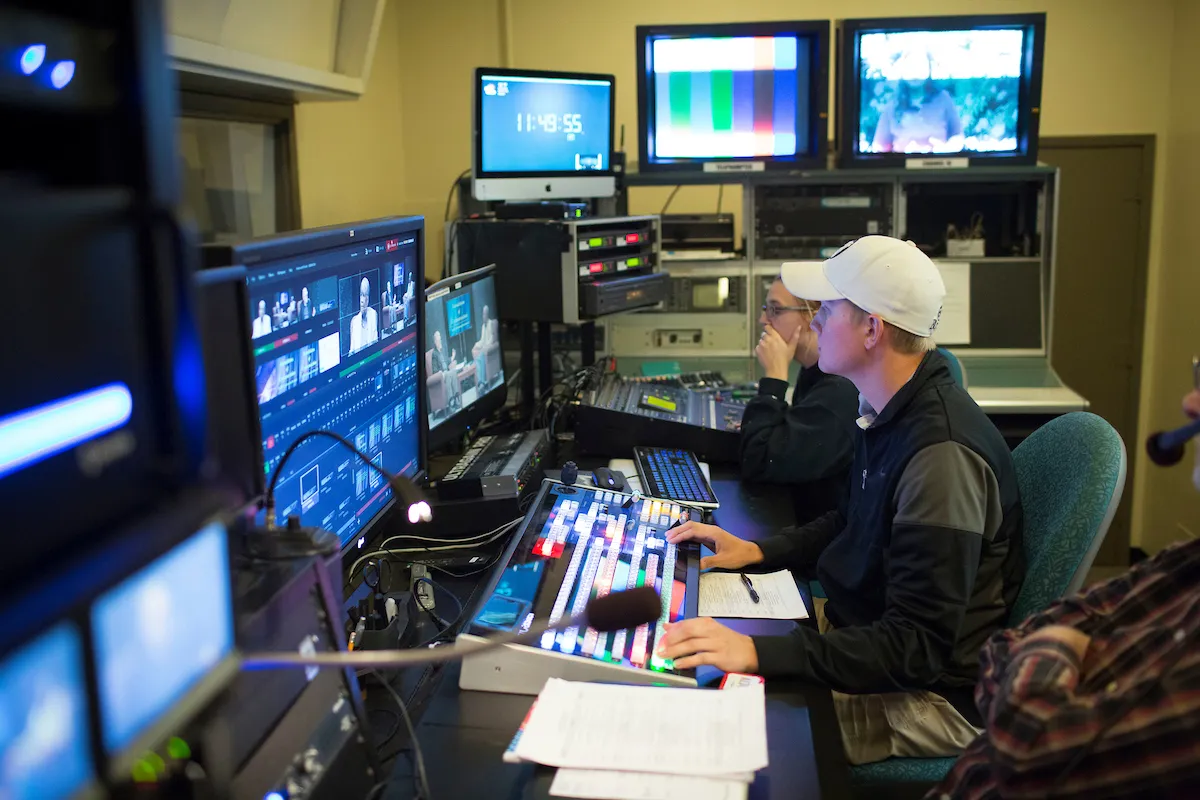In the fast-paced world of sports broadcasting, the rise of interactive features has revolutionized fan engagement, transforming passive viewers into active participants. As the industry evolves, broadcasters are increasingly integrating technology to offer a more immersive and interactive experience, thereby redefining how fans connect with their favorite sports and athletes. One of the most significant advancements in this space is the use of augmented reality AR and virtual reality VR. These technologies allow fans to experience games from a player’s perspective or from unique angles that are not possible with traditional broadcasting methods. AR can overlay statistics, player information, and even real-time analytics on the screen, providing viewers with a richer understanding of the game. Meanwhile, VR creates a fully immersive environment, where fans can feel as if they are sitting courtside or in the front row, experiencing the thrill of the game as if they were there in person. Another critical interactive feature is real-time polling and live chats during broadcasts. These elements enable fans to voice their opinions, predict game outcomes, and participate in discussions with fellow viewers and commentators.

This level of interaction not only enhances the viewing experience but also builds a sense of community among fans. By engaging in live polls, fans can influence the 해외스포츠중계, such as choosing which player’s performance to highlight or which replay angle to show. This two-way interaction transforms the traditional one-sided broadcast into a dynamic, fan-driven experience. Social media integration also plays a pivotal role in enhancing fan engagement. Platforms like Twitter, Facebook, and Instagram are seamlessly integrated into broadcasts, allowing fans to share their thoughts, participate in trending conversations, and even interact with athletes and commentators in real-time. Hashtags specific to the event or game can trend globally, creating a virtual stadium where fans from all over the world can unite and share their passion. This global connectivity not only broadens the audience reach but also fosters a more inclusive and interactive viewing experience. Furthermore, gamification elements, such as fantasy sports and prediction games, have become an integral part of sports broadcasting.
These features engage fans by allowing them to create fantasy teams, compete in leagues, and earn points based on real-game performance. The sense of competition and achievement keeps fans invested in the games and the players, driving continuous engagement. Broadcasters often incorporate leaderboards and reward systems to motivate fans, adding an extra layer of excitement and commitment. Customized viewing experiences are also reshaping fan engagement. Personalized content recommendations, multiple camera angles, and on-demand replays cater to individual preferences, giving fans control over how they watch the game. This customization ensures that every fan can enjoy a unique and tailored viewing experience, enhancing their overall satisfaction and loyalty to the broadcaster. Technologies like AR and VR, real-time polling, social media integration, gamification, and customized viewing options are not just trends but essential tools that are reshaping the future of sports broadcasting. As these technologies continue to evolve, the bond between fans and sports is expected to grow even stronger, making every game an unforgettable experience.